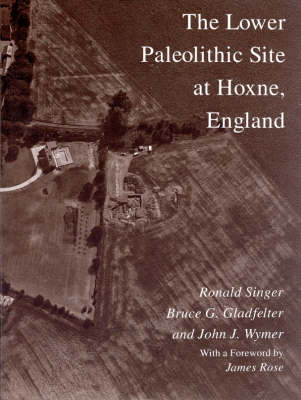At the edge of the small Suffolk village of Hoxne lies what is arguably the single most important Middle Pleistocene archaeological site in Europe. Here the deposits contain not only prehistoric artifacts but also extraordinary records of fossil flora and fauna, making Hoxne one of the few paleolithic sites where early hominid materials can be found with other types of information in their primary contexts. Much controversy has surrounded the interpretation of these prehistoric materials and their stratigraphic position since John Frere published the first account of the site in 1797. Seeking to resolve some of the disputes, a team from the University of Chicago began in 1971 the most extensive series of excavations yet undertaken. This profusely illustrated volume presents the results of the team's five summers of excavations, which ended in 1978, and includes contributions by twelve specialists who represent many branches of Quaternary science. Although some uncertainty remains on various minor questions, this will stand for many years to come as the definitive study of Hoxne's archaeological and geochronological significance. Ronald Singer is the Robert R.
Bensley Professor in the Departments of Anatomy and Anthropology at the University of Chicago. Bruce G. Gladfelter is associate professor in the Department of Geography at the University of Illinois at Chicago. John Wymer, a self-employed archaeologist, has been a field officer with the Norfolk Archaeological Unit and the Essex Archaeological Unit.
- ISBN10 0226761118
- ISBN13 9780226761114
- Publish Date 1 October 1993
- Publish Status Active
- Publish Country US
- Imprint University of Chicago Press
- Format Hardcover
- Pages 254
- Language English
- URL http://wiley.com/remtitle.cgi?isbn=9780226761114
